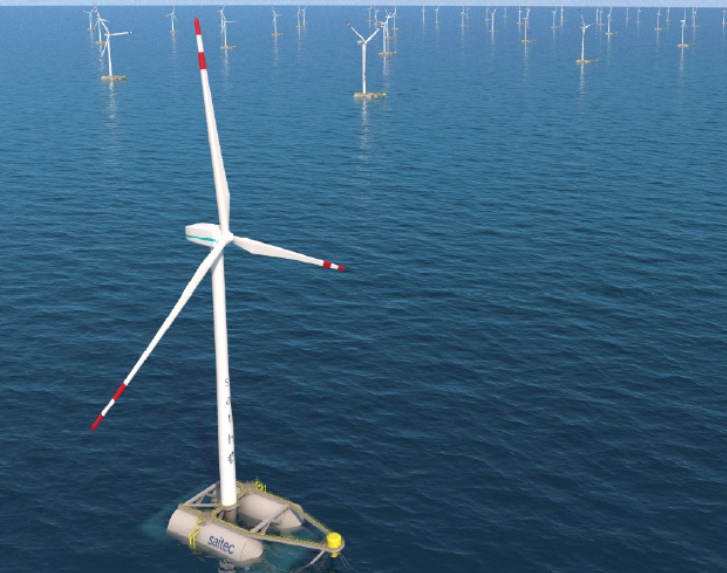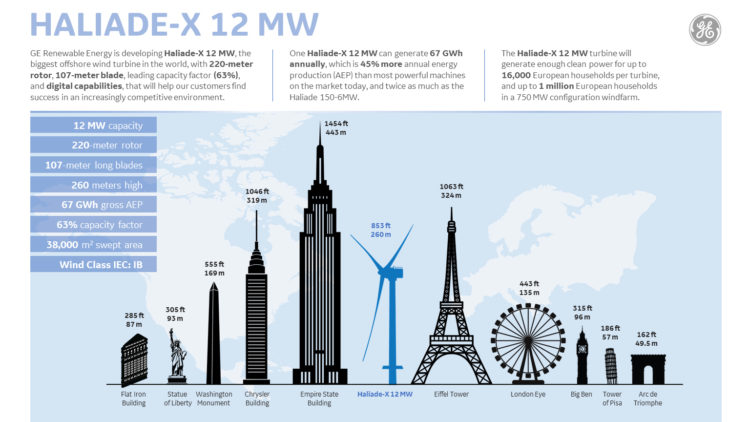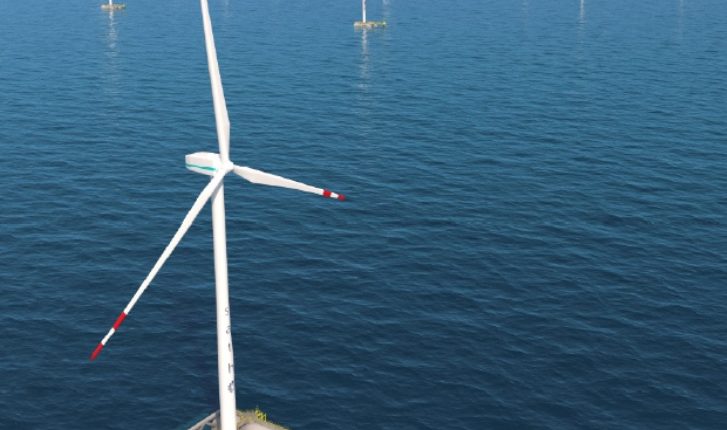Merseyside takes the lead in plan to build huge floating wind farm in the Atlantic
Industry body Mersey Maritime and Liverpool John Moores University are both key players in the EU-funded ARCWIND – a £3.5bn project to assess feasibility of the next generation of wind power. Tony McDonough reports

Merseyside firms could take the lead on a multi-billion pound project to create huge windfarms out in the Atlantic – with floating turbines each taller than the Statue of Liberty.
Industry body Mersey Maritime and Liverpool John Moores University (LJMU) are both key players in the EU-funded ARCWIND – a £3.5bn project to assess feasibility of the next generation of wind power.
Countries such as Denmark and Germany were the early pioneers of wind power but there is now a considerable well of expertise in the UK, and particularly in the Liverpool city region with one of the world’s biggest wind farms located in Liverpool Bay.
Burbo Bank
Burbo Bank, off Merseyside coast, was opened in 2007 and comprised 25 3.6MW turbines and, last year, the Burbo Bank extension was opened, comprising a further 32 8MW turbines. The wind farm can generate enough electricity to power 310,000 homes.
Danish renewable energy giant Ørsted operates the wind farm from its permanent facility in Birkenhead and the development and the ongoing maintenance of the turbines has involved firms across the Liverpool city region.
That know-how could be crucial in the development of the ARCWIND turbines, each one with a generating capacity of 10MW and attached to floating platforms, as opposed to the fixed seabed bases at Burbo Bank. They would take advantage of stronger winds further out to sea.

Economic feasibility
Dr Musa Bashir, a senior lecturer in marine and offshore engineering in LJMU’s Department of Maritime and Mechanical Engineering, is taking part in the research project which lasts until 2020 and involves several European countries.
He said: “We are looking at floating wind farms and making realistic assessments of production, costs and economic feasibility, taking into account logistics, maintenance planning and risk assessment.
“The heights of the turbines we are looking at are between 180 metres and 220 metres from mean sea level. This means that they are higher than the Statue of Liberty at 93m but lower than the Eiffel tower at 324m”.
Falling subsidies
Wind power has required significant Government subsidy until now but, with turbines becoming bigger and more efficient all the time, that cost of that subsidy has dropped and the offshore wind sector claims that process is set to accelerate.
Mersey Maritime chief executive, Chris Shirling-Rooke, added: “Liverpool city region’s £4bn maritime industry contains world class expertise across a number of sectors – offshore wind being a great example of that.
“Energy security is a key issue for the UK now and over the coming decades. Offshore wind is coming of age in terms of efficiency and economic viability. It has the potential to create thousands of new jobs an we want to ensure Liverpool city region takes the lead and gains maximum benefit.”
Ends

